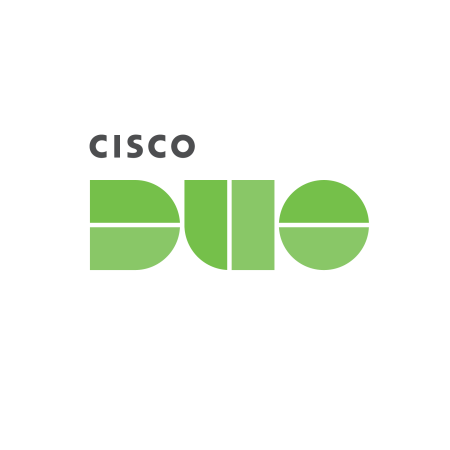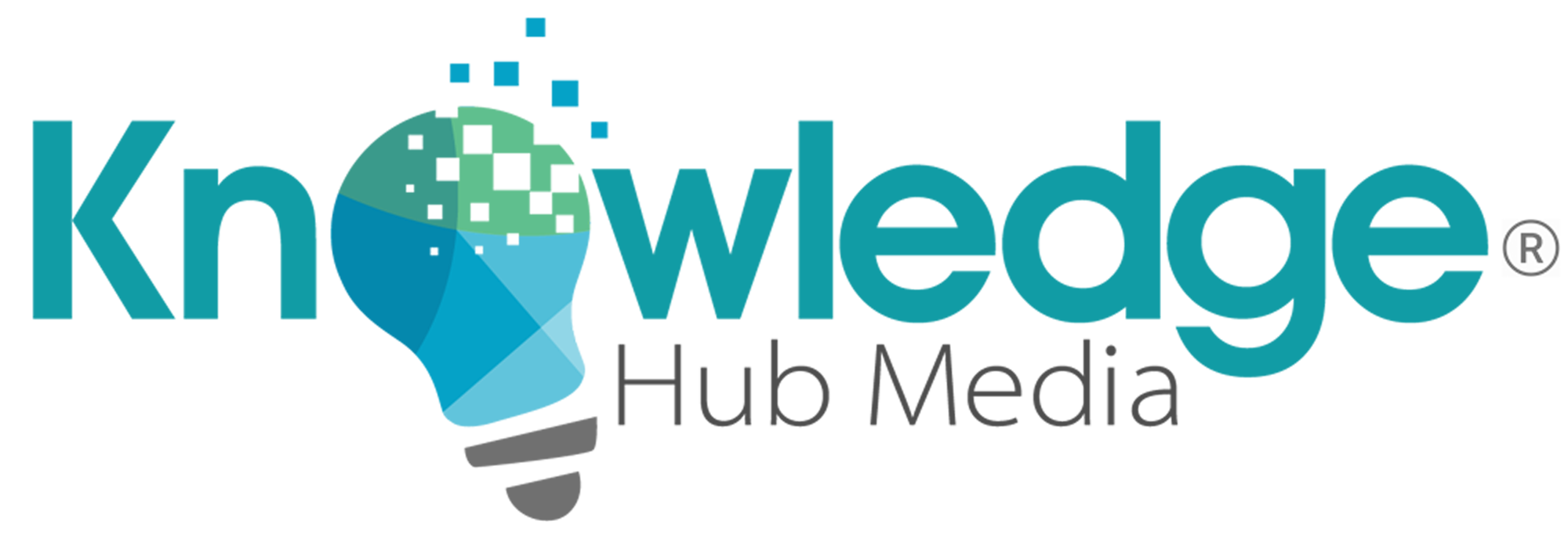
The usual first step in establishing a zero trust environment is to deploy Multi-Factor Authentication (MFA) to control access to applications and services. MFA is popular because its protections—which combine what users know (such as a password) with something they have (a token or mobile phone)—make it hard for cyber criminals to gain access to applications and data. But MFA’s widespread use of mobile authenticators and push notifications has made MFA environments themselves a target of hackers. Attackers are increasingly using MFA Fatigue (or prompt bombing) to wear down a user’s patience and diligence with repeated fake MFA prompts, only to ultimately pose as a helpful IT support person who needs the user’s credentials to clear those nuisance alerts up. And then they’re in. Fortunately, there are ways to defend against these attacks. MFA authentication is effective—but only if it’s properly protected. Knowing how to outsmart attacks designed to bypass MFA is as critical as deploying MFA itself. Watch this on-demand webinar to hear directly from an in-the-field researcher how to strengthen authentication to prevent attacks that try to bypass MFA. You’ll leave with proven best practices and new knowledge about where your MFA gaps may be—and how to fill them.
